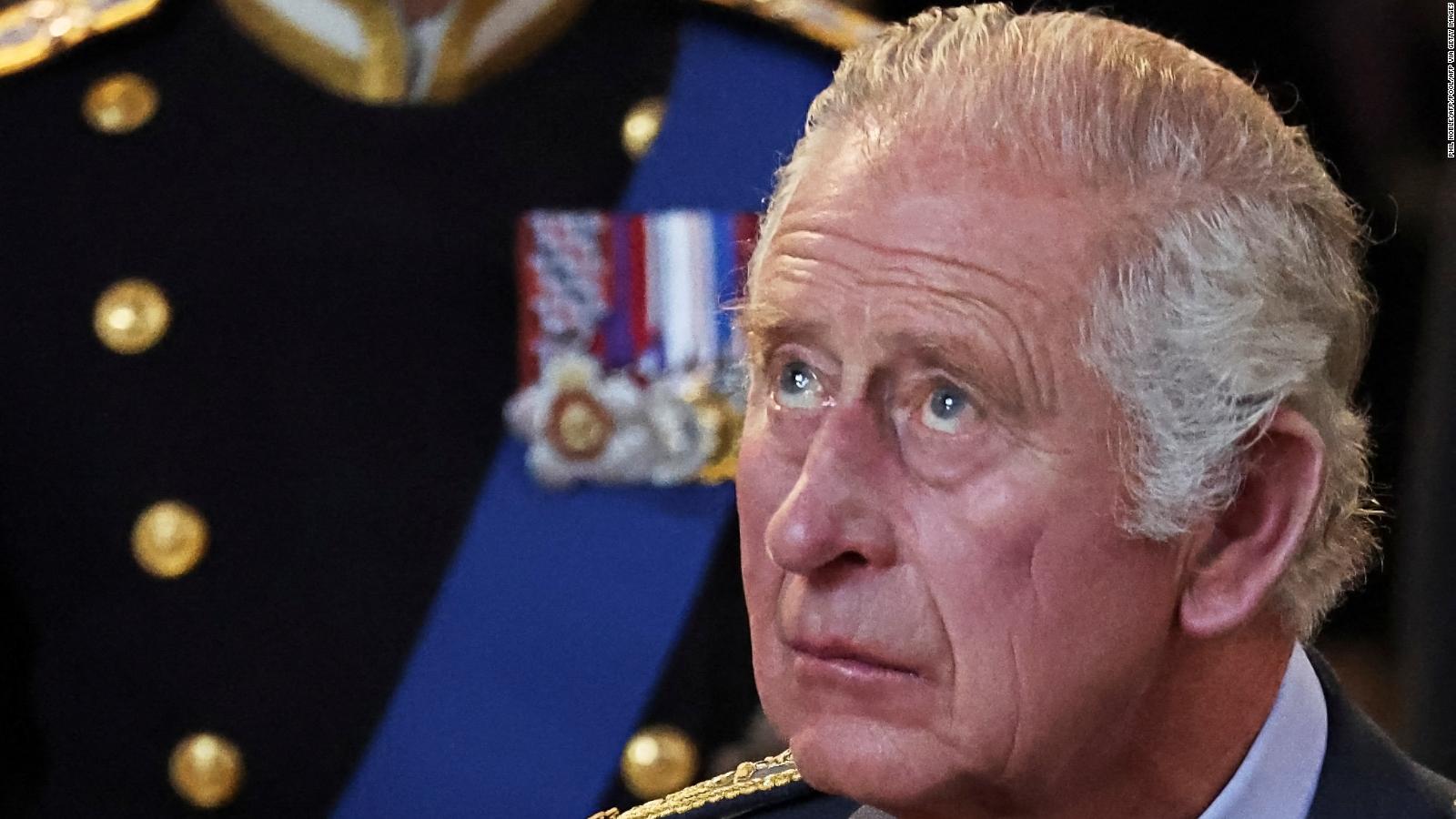(CNN) — When the British royal family organizes an event, it is not done discreetly, it is full of pomp, showmanship and power. This prosperity also makes us think about money more often. Where does luck come from?
Everything is part of a complex system with three sources.
Sovereign grant
Total Crown Estate Profits for 2019-2020: 345 million pounds
2021-2022 Crown Estate Revenue earmarked for Sovereign Grants: 86.3 million pounds
The Sovereign Grant is a very public source of funding, and often controversial.
The grant is part of the profits generated by the Crown Estate (Crown Estate) broad portfolio of great properties across the UK let to individuals and businesses.
All equity assets were higher $20 billion or £16.5 billion in 2022.
Although it is called Crown heritage, it is not the personal property of the monarch or his family. They cannot be sold.
They have been owned by the sovereign since 1760, when he remained on the throne, but are administered by an independent body.
All profits from the properties go to the British government, which returns a percentage to the monarch.
It is almost like an allowance or expense account, which must be used by the King and his representatives to carry out public functions. Includes travel expenses, personal expenses and housing expenses.
In 2017, 15% to 25% was earmarked to cover the costs of renovating Buckingham Palace, which will continue for 10 years.
And if the Crown Estate’s profits fall, the UK Treasury makes a subsidy because there is a rule to keep the total amount the same as the previous year.
The funding has drawn criticism from anti-monarchy groups such as the Republic, who are calling for the subsidy to be scrapped. They claim that the country should be entitled to keep all the benefits. The group has also called for Crown Gardens to be renamed “National Heritage”.
King Charles’ attempts to sway public opinion include diverting revenue from the Crown Estate’s wind power directly to the government for the “general public good”.
It will be the coronation of England’s King Charles III: dates, times, guests, concerts and more
Takats
Duchy of Lancaster: 652.8 million pounds
Duchy of Cornwall: About £1 billion
Separated from the sovereign grant, they have duchies. They are private properties owned by the Duke or Duchess. Two important ones were the Duchies of Lancaster and Cornwall. Both have valuable land and property that is leased out.
The Duchy of Lancaster belongs to the King, while the Duchy of Cornwall belongs to the King’s heir.
Unlike the Sovereign Grant, income from duchies is considered personal but is not exempt from the rules.
Although the king and his heir could spend this income as they pleased, the profits from the sale of properties in the duchies had to be reinvested.
Personal tradition
There are other private assets that are generally inherited.
It also includes some of the late Queen Elizabeth II’s favorite estates, such as Balmoral Castle and the Sandringham Estate.
The family owns art and jewelry collections, but some are national property and cannot be sold. In addition, they hold their personal investments and savings.
Taxes
Although taxes were paid by the King and Prince of Wales, they were mostly voluntary.
The rules relating to taxation are complex and contained in government memorandums, which, in general, do not require the sovereign to pay.
For example, while the monarch must pay tax on private sources of income such as investments, she does not have to pay tax on income from the Duchy of Lancaster. It is voluntary.


:quality(85)/cloudfront-us-east-1.images.arcpublishing.com/infobae/LJCEPS7HJFDXTCMEPQST444DTY.jpg)
:max_bytes(150000):strip_icc()/KarlaMonroig2-69de4a9433ff4ddb9ac18d368825ec14.jpg)

